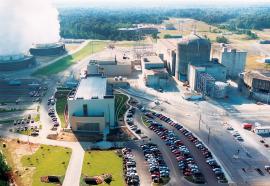Merger Frenzy
KKR’s leveraged buyout of TXU might be the first of many private-equity M&A deals, but traditional utility mergers also will increase.
Utility mergers and acquisitions took a turn when private-equity firms Kohlberg Kravis Roberts and Texas Pacific Group bid for TXU. Experts from Morgan Stanley, Lazard, and JP Morgan describe the M&A universe.








